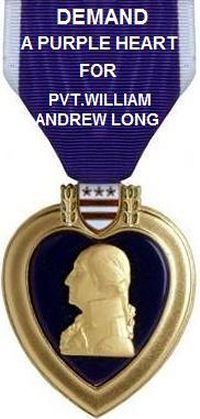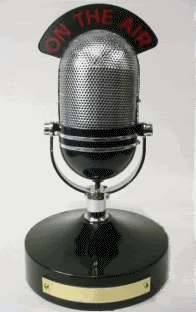Not The Usual Five Pillars Of Islam
The history lesson is lifted in its entirety from this post by Shiva of Infidel Bloggers Alliance:
 The Skull Tower (Serbian: Ћеле Кула, or Ćele Kula) is a monument to 19th century Serbian rebels. It is situated in Niš, on Zoran Đinđić Boulevard, on the old Constantinople road leading to Sofia.
The Skull Tower (Serbian: Ћеле Кула, or Ćele Kula) is a monument to 19th century Serbian rebels. It is situated in Niš, on Zoran Đinđić Boulevard, on the old Constantinople road leading to Sofia. ----
On May 31, 1809 on Čegar Hill a few kilometers northeast of Niš, Serbian insurrectionists suffered their greatest defeat in the First Serbian Uprising against the Ottoman Empire (1804-1813). The insurrectionists' advance towards Niš was stopped here and, when the far stronger Turkish forces attacked, the battle was ended by the Serbian commander Stevan Sinđelić, who sacrificially fired at his gunpowder depot in order to avoid surrendering to the Turks, killing himself, the rest of his men, and the advancing Turks.
After the retreat of the Serbian rebel army, the Turkish commander of Niš, Hurshid Pasha, ordered that the heads of the killed Serbians were to be mounted on a tower to serve as a warning to any other would-be revolutionaries. In all, 952 skulls were included, with the skull of Sindjelić placed at the top. The scalps from the skulls were stuffed with cotton and sent to Constantinople (modern Istanbul) as proof for Sultan Mahmud II.
While looking for information about Ćele Kula or The Skull Tower I came across this interesting snippets from some very old books, which I doubt very few people know about.
Extracted from
Uncle Oliver's travels, Persia [by J. Kitto]. By John Kitto, Oliver:
Extracted from
Travels from India to England by James Edward Alexander:
Extracted from
Excursions in the Mediterranean Algiers and Tunis By Grenville Temple:
The above article does not say much about the tower
But here is an account of what really happened
The New York Times February 6 1881
Labels: History of Islam, Islam





















<< Home